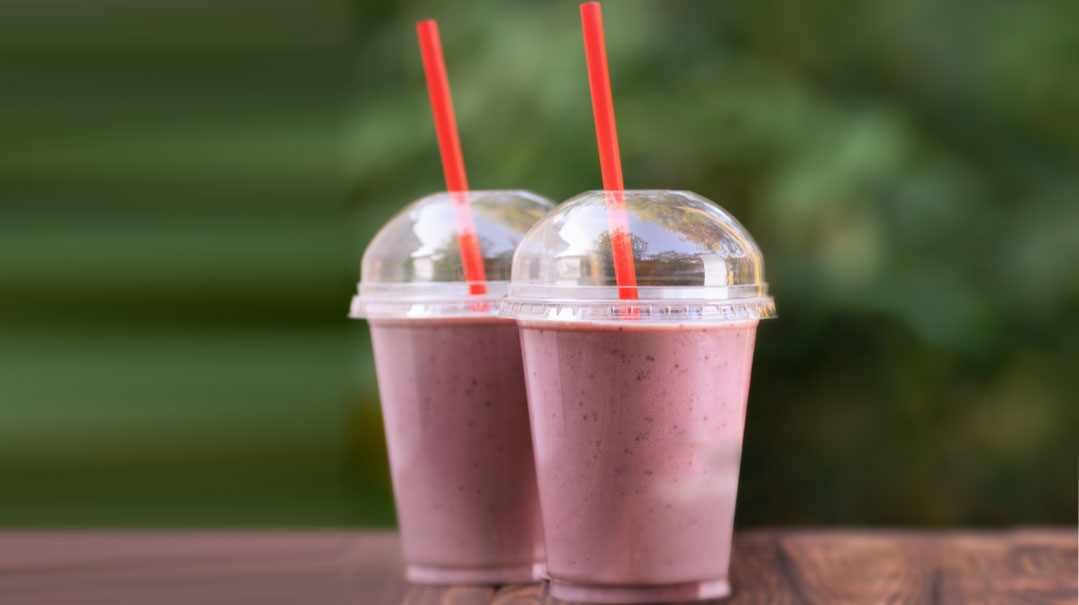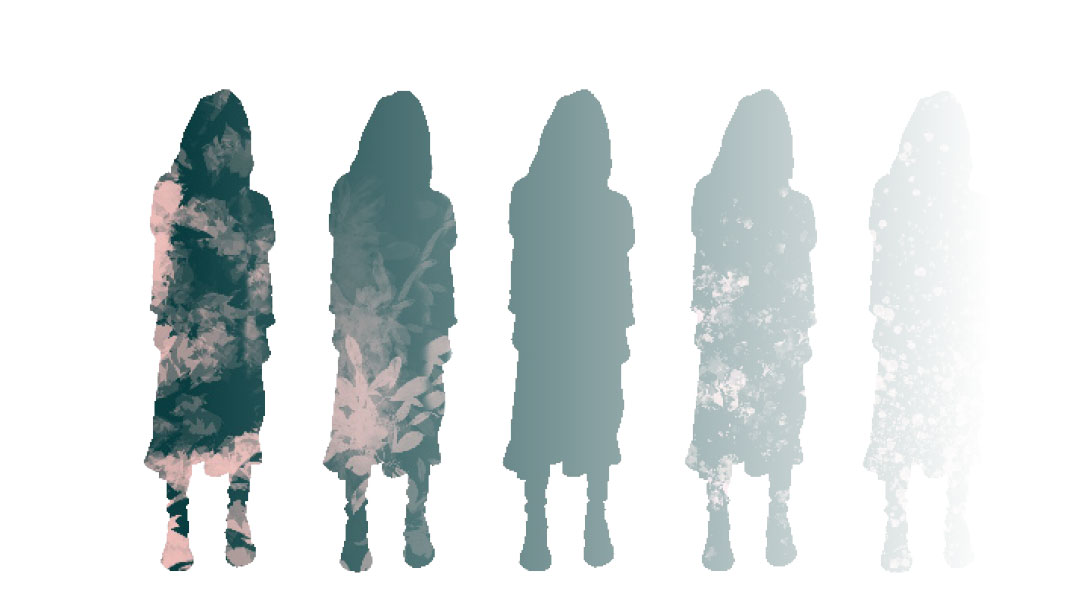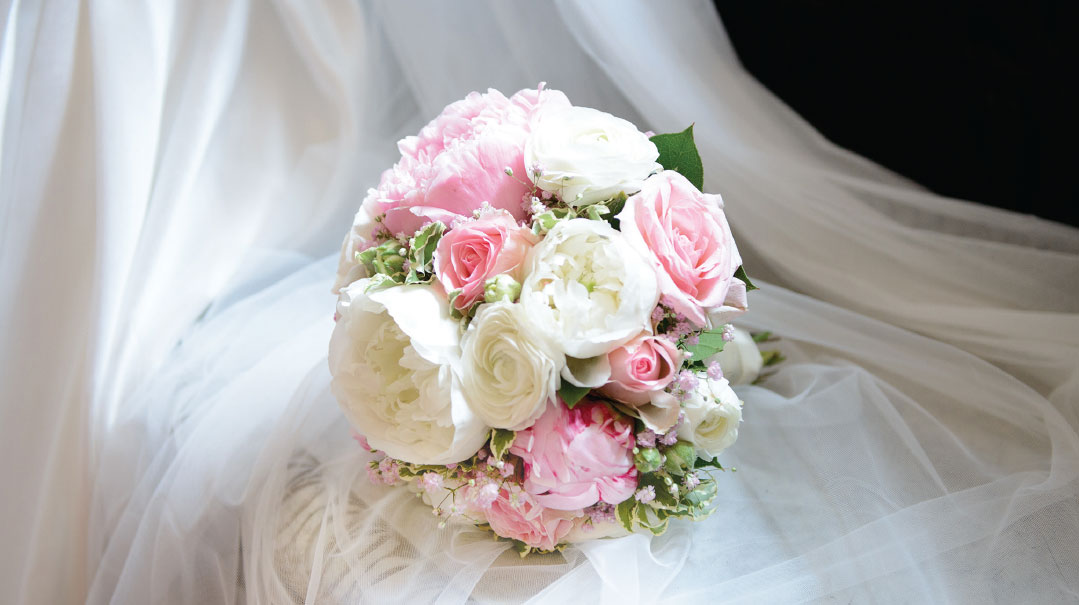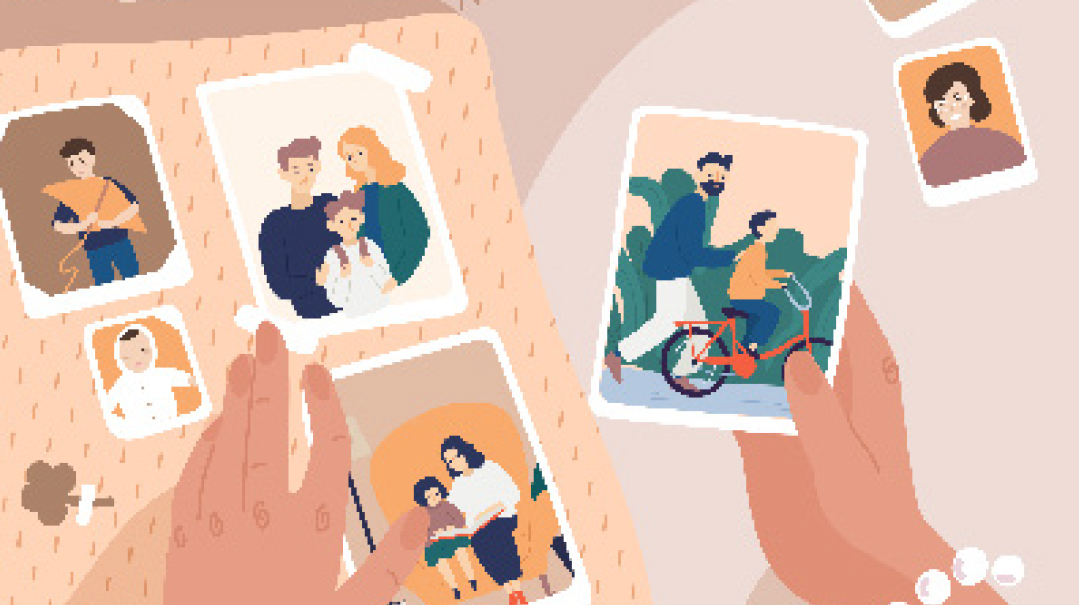The Real Ring
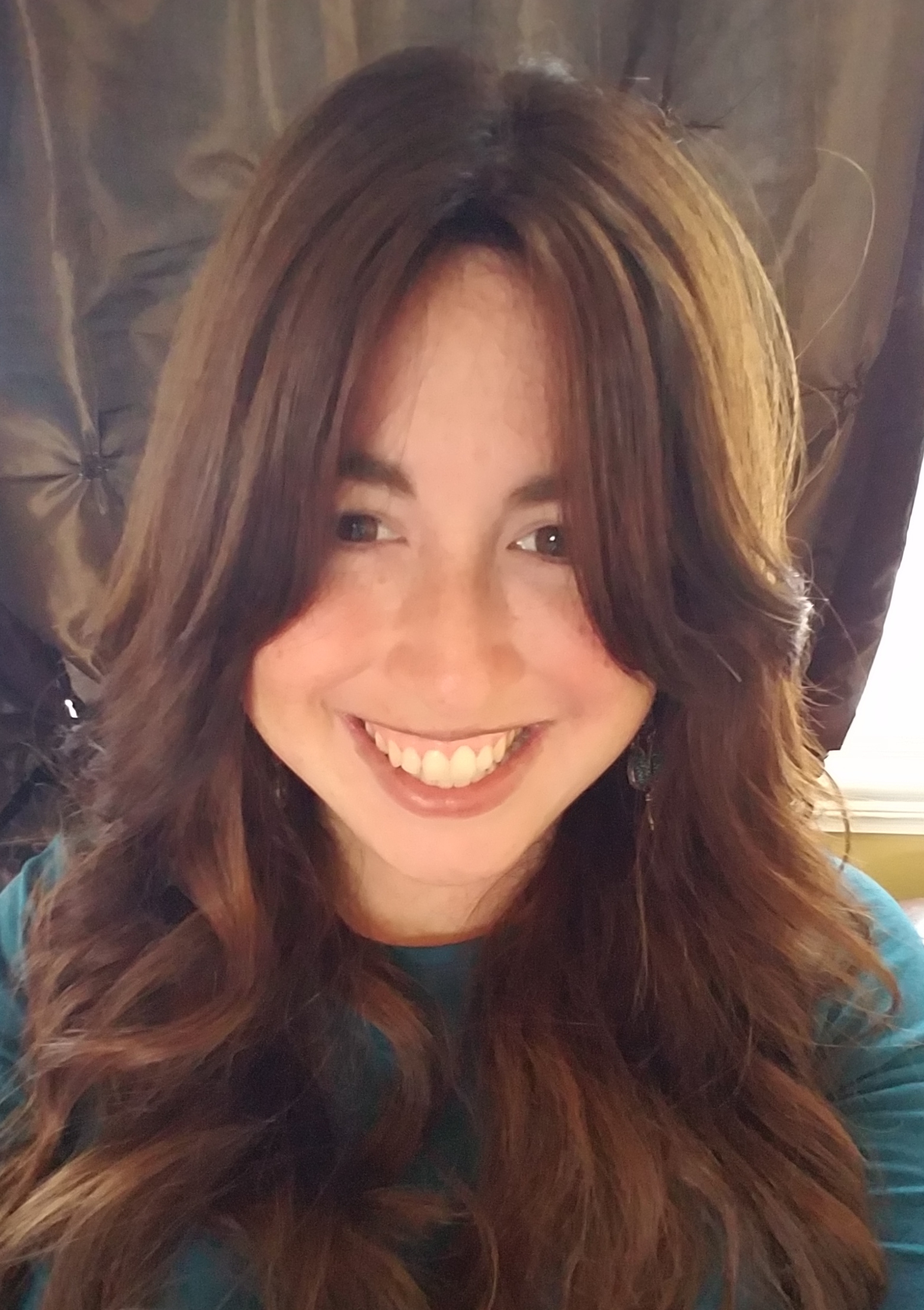
We designed the perfect engagement ring — then he had a new proposal

Like many girls, I’d always dreamed of the beautiful engagement ring I would have some day. When I was little, I even had a fake cubic zirconia ring I loved wearing for dress-up when my friends and I would pretend to be kallahs.
When I met my bashert and we decided to spend our lives together, it was time at last to pick out the real ring. The father of one of my chassan’s closest friends was a diamond dealer, and he ushered me into his shop like I was a princess, taking me through the gleaming aisles of showcase boxes and explaining everything from cut to quality.
We designed a beautiful ring, and because of my husband’s close relationship with his son, he was going to give us a great deal. Everything was set….
Until my chassan proposed to me empty-handed. I was a bit surprised when no velvet box appeared from his pocket, nothing sparkled in the glowing embers of that evening at the beautiful arboretum where he asked me to marry him. After we got through the important next steps, like the heartfelt yes and calling our parents to tell them the wonderful news, he explained the mystery of the missing ring.
“Mr. Solomon is backed up and hasn’t had a chance to make the ring yet. It will likely take a couple more weeks, but I didn’t want to wait any longer to propose. I hope that’s okay with you.”
“Absolutely!” I said, giddy as only a new kallah can be. “No rush whatsoever.”
On the drive back to my college apartment, we passed a Kmart, and I remembered that toy ring from childhood I’d loved so much.
“Wouldn’t it be funny if we went into Kmart and bought a fake ring for the meantime?” I joked. “At least we’d have something to show everybody!”
My chassan loved the idea. Laughing, we went into the jewelry department, coming away with a real whopper — a cubic zirconia that looked like it was at least two carats, with an authentic-looking, genuine-gold setting. And so it came to be, that for just $70, I looked the part of a kallah.
Oops! We could not locate your form.

